Trending Now
Marijuana. Cannabis. Weed. Pot. Ganja. Herb. Reefer. Jazz cigarettes. The chronic. Wacky tabaccy. The Devil’s lettuce.
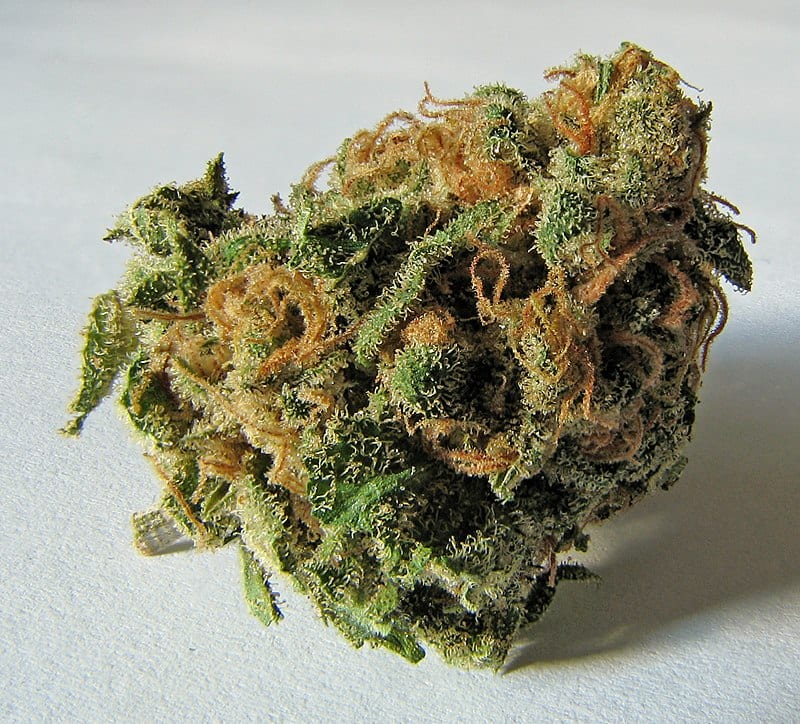
Photo Credit: Wikimedia Commons
Whatever name you call it, there’s no denying that 45% of American adults have admitted to experimenting with it at some point in their lives. It’s not just delinquents either – there are plenty of high-profile celebrities, business moguls, and even a few presidents on that list!
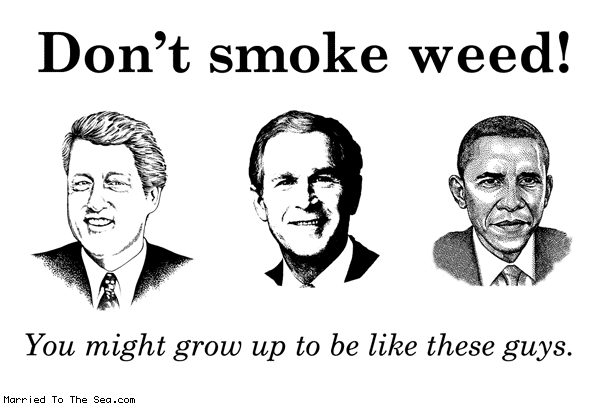
Photo Credit: Married To The Sea
Humans have actually been cultivating and using the cannabis plant for its medicinal, spiritual, and recreational value for thousands of years. It’s well-documented in many ancient texts, and multiple Biblical scholars also believe that cannabis oil was among the holy anointing oils alluded to in the Bible. Basically, weed has been used by pretty much everyone from Jesus and the Apostles all the way down to Snoop Dogg and Martha Stewart.
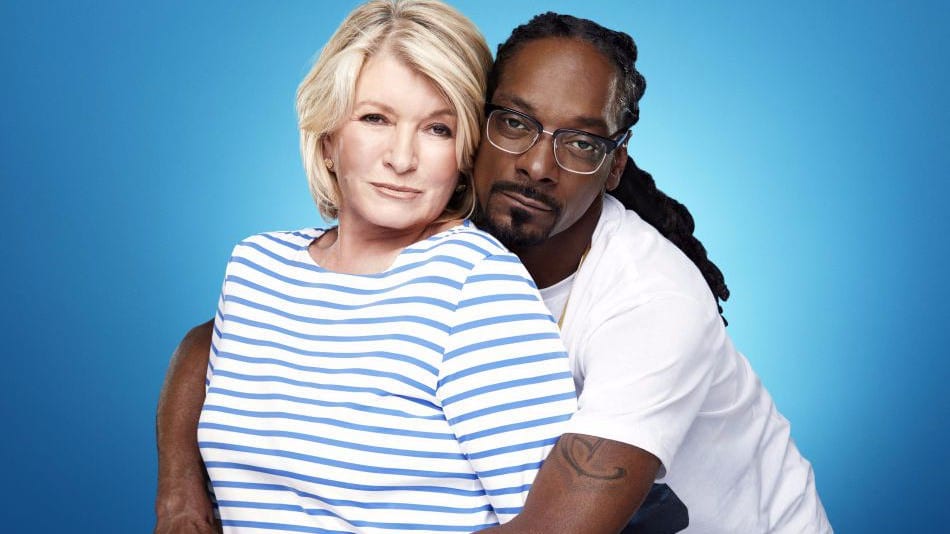
Photo Credit: Mashable
And yet, marijuana is classified by the federal government as being a Schedule 1 drug – a classification reserved solely for drugs that have no medical value and a high potential for abuse. Other drugs in this category include heroin, LSD, and MDMA.
Interestingly, according to the DEA’s scheduling system, drugs like cocaine, oxycodone (and other opiate painkillers), and even crystal meth are classified as Schedule 2 – meaning the government considers their potential for abuse to be slightly lower, and their medicinal value higher than the drugs in Schedule 1.
Yes, seriously. Weed is considered worse than meth, cocaine, and prescription opioids (the abuse of which is now a widespread epidemic in America).
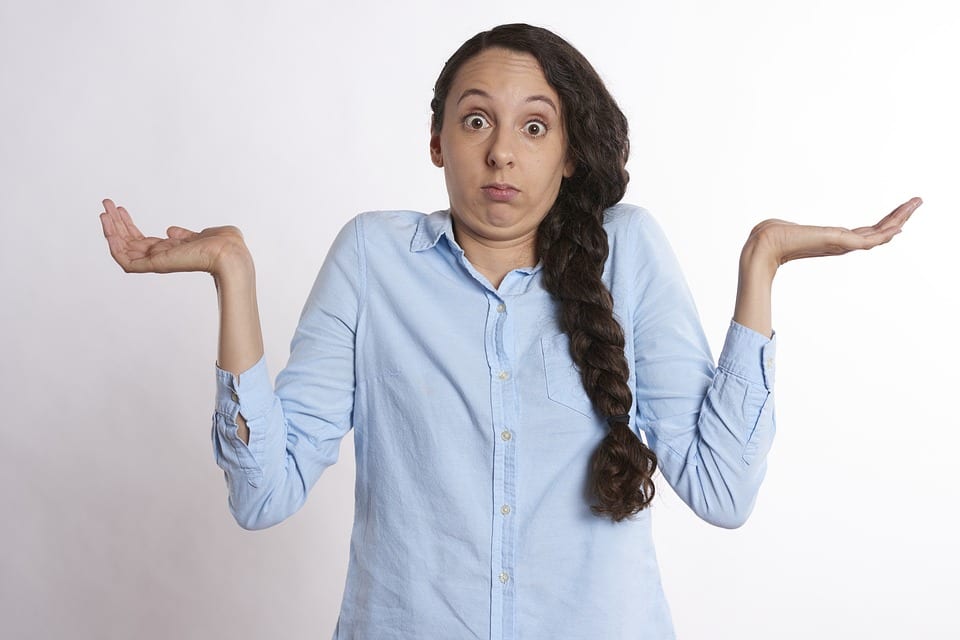
Photo Credit: Pixabay
The medical and scientific communities couldn’t be in greater disagreement with those findings, but we’ll get to that. For now, let’s go back in time to learn about the origins of marijuana prohibition.
Where It All Began
The roots of marijuana legislation can be traced back to the aftermath of the Mexican Revolution in the early part of the 1900’s. As droves of Mexican refugees fleeing the conflict started flooding into the southern United States, locals weren’t exactly thrilled about their arrival. Motivated largely by xenophobia, authorities sought to find a way to control and regulate the incoming population by criminalizing their customs.
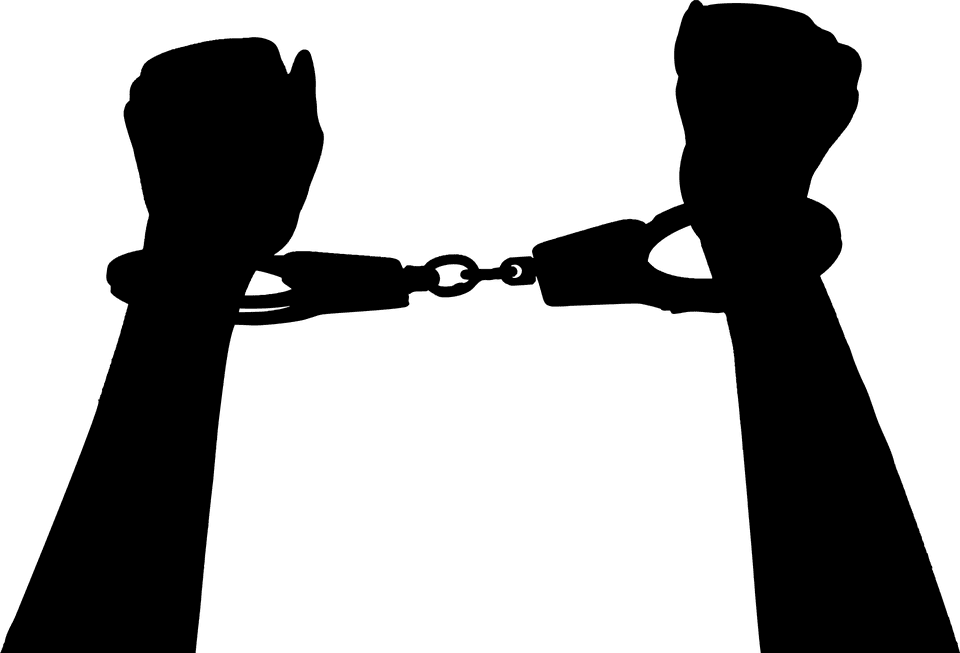
Photo Credit: Pixabay
This was actually first practiced in California with the crackdown on opium as a way to round up Chinese immigrants, a move that many legal scholars now agree was motivated chiefly by racism. In Texas and Louisiana, the influx of Mexican immigrants had a custom of smoking the leaves of the cannabis plant for medicinal and recreational purposes. It should be noted that when these states first started discussing the status of marijuana, it was actually even referred to as “Mexican opium.”
Authorities and the media quickly made it a point to sensationalize the dangerous “marihuana” that was allegedly behind a spate of violent crimes and apparently made Mexican men lust for white women.
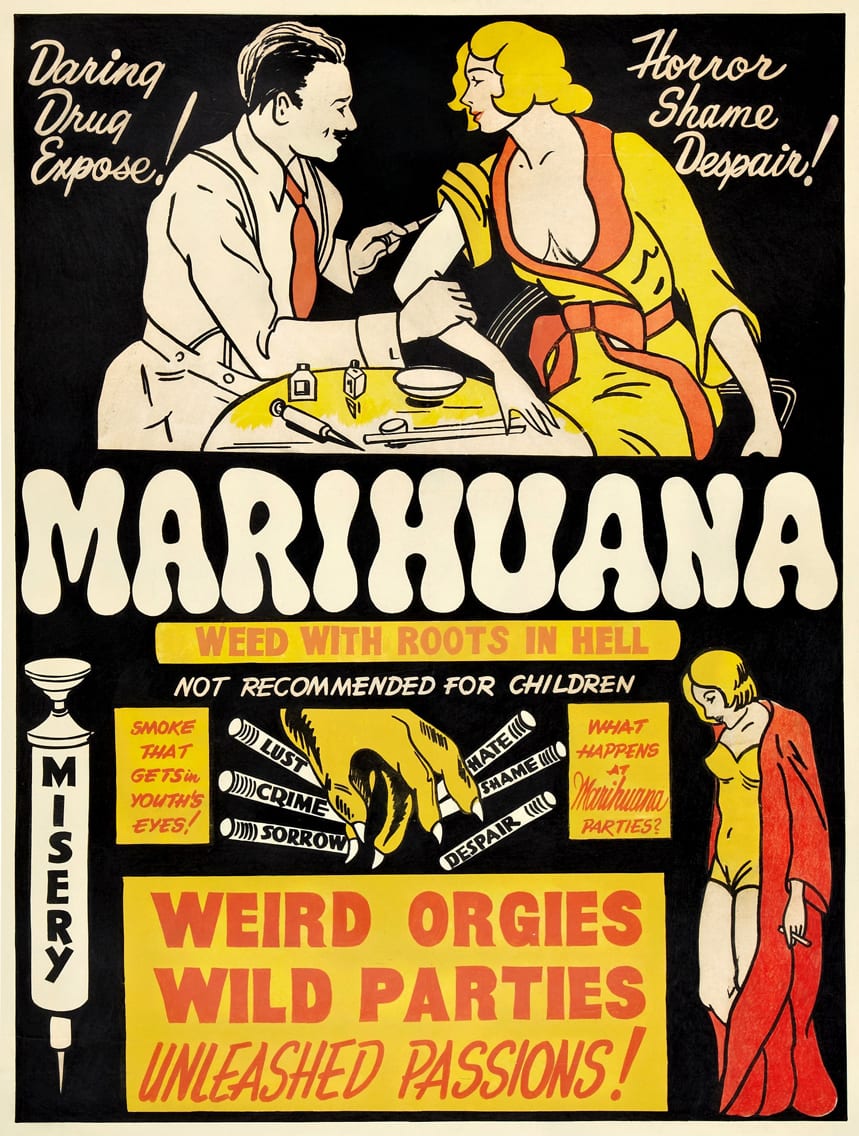
Photo Credit: IMDB
This dangerous, foreign-sounding drug successfully scared the daylights out of a relatively naive, relatively racist American public… despite the fact that most American homes of the era already had a variety of products containing cannabis extracts in their medicine cabinets!

Photo Credit: Public Domain
The media hype surrounding the drug (which included the now-infamous propaganda film, Reefer Madness) was hugely successful, and the passage of the Marihuana Tax Act of 1937 effectively made weed illegal for most people.
A New Era
In the years that followed, marijuana remained illegal and penalties for possession and use got steadily worse. Then, in the 1960s, things started to change.
As more and more college students (specifically, well-to-do white college students) started to experiment with it, the American public realized it wasn’t exactly interested in locking up their best and brightest.

Photo Credit: Pixabay
When anti-marijuana laws were primarily aimed at locking up Juan the gardener, it was ok – but throwing the book at John, your white neighbor’s son who’s majoring in engineering? Suddenly, it was a whole other matter.
The realization that so many promising young people were experimenting with pot led to a period that saw a significant softening of marijuana laws around the country, and President Jimmy Carter even toyed with the idea of decriminalization for a while.
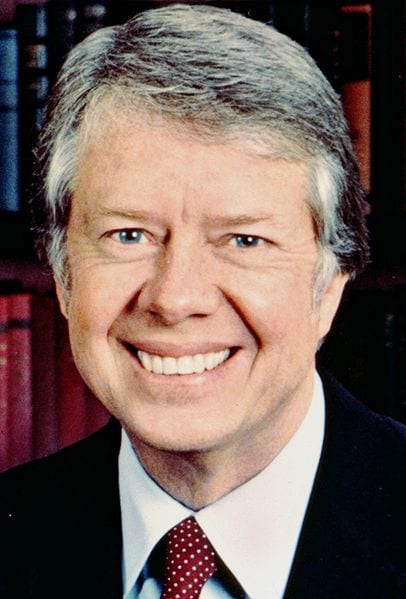
Photo Credit: Wikimedia Commons
After decades of slander and misinformation, it looked like cannabis might finally be vindicated. That is, until Richard Nixon stepped onto the scene.
“The Man” Pushes Back
Nixon was elected as the “law and order” president during a time when America was undergoing a significant cultural upheaval. The African-American civil rights movement was still relatively recent, and the worsening Vietnam War gave rise to a massive anti-war sentiment that was fueled by the first-ever televised images from a theater of war.
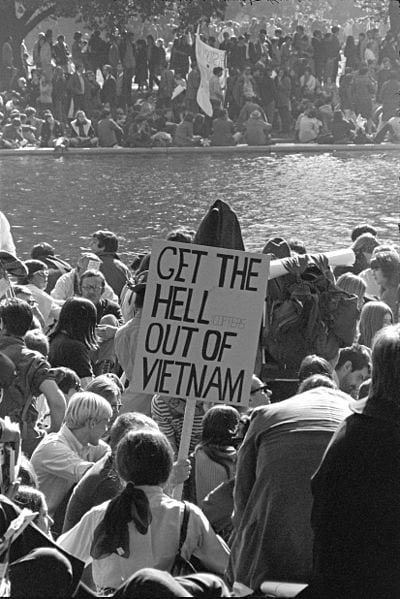
Photo Credit: Wikimedia Commons
In the early part of the 1970s, Nixon tasked the Shafer Commission (formerly the National Commission on Marihuana and Drug Abuse) with finding out where marijuana should fall in the drug schedules created by the newly-passed Controlled Substances Act. Marijuana was temporarily placed in Schedule 1 – the most restrictive schedule – until the Commission released its report.
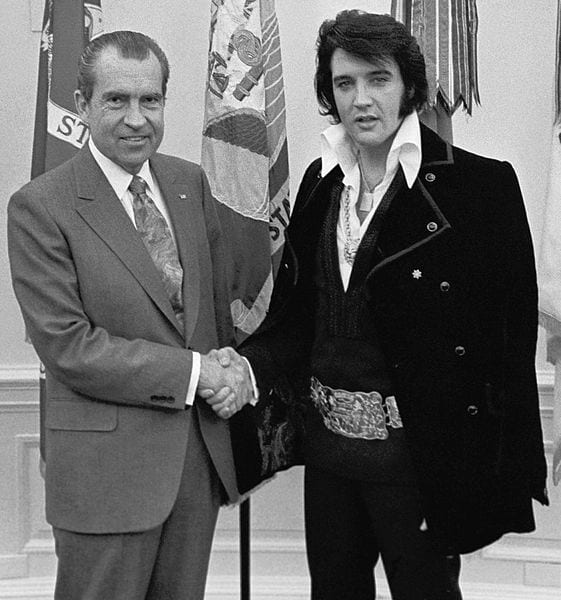
Photo Credit: Wikimedia Commons
The Shafer Commission officially released its findings in 1972, recommending the decriminalization of marijuana. It found that cannabis poses very little actual danger to anyone. Nixon, however, completely ignored these findings and left marijuana to languish in its Schedule 1 status. “Why?” you might ask.

Photo Credit: Pixabay
For that, let’s go to Nixon’s domestic policy chief at the time, John Ehrlichman. In an interview with Harper’s Magazine during the 1990s, Ehrlichman recalls:
The Nixon campaign in 1968, and the Nixon White House after that, had two enemies: the antiwar left and black people.
You understand what I’m saying? We knew we couldn’t make it illegal to be either against the war or black, but by getting the public to associate the hippies with marijuana and blacks with heroin, and then criminalizing both heavily, we could disrupt those communities […] We could arrest their leaders, raid their homes, break up their meetings, and vilify them night after night on the evening news. Did we know we were lying about the drugs? Of course we did.
Yep, once again, the reason behind the criminalization of marijuana had little-to-nothing to do with actual science and public safety, and everything to do with the oppressive regulation targeted at minorities and Nixon’s political opponents.
THC Today
Since Nixon’s time, public attitudes towards weed have gotten progressively more relaxed. Scientists also generally agree that marijuana does, in fact, have several medical benefits, and is also generally harmless (though prolonged use can lead to memory impairment, decreased motivation, and psychological dependency).

Photo Credit: Pixabay
It’s also been established time and time again that while legal substances like alcohol, cigarettes, and prescription painkillers all have pretty significant annual death tolls, nobody has ever died from an overdose of marijuana. So why is weed still illegal???
Simply put, it’s because of money and politics (or rather, money in politics). Although marijuana has been either decriminalized, medicalized, or legalized completely in 29 states (and Washington D.C.), it still remains highly illegal at the federal level – creating a massive conflict between state and federal authorities.
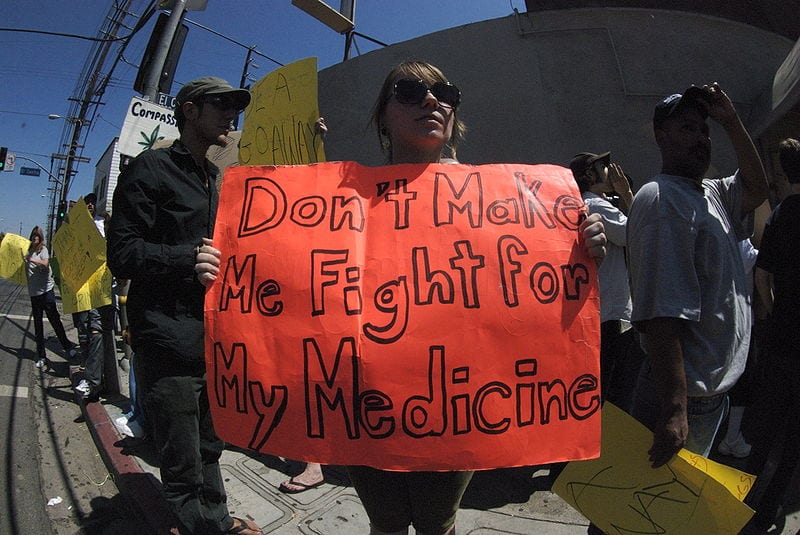
Photo Credit: Wikimedia Commons
If you were to look at the funding for most of the biggest anti-marijuana groups and politicians, guess where a large chunk of it comes from? If you said “Big Pharma,” then ring the bell ‘cuz you get a prize! Pharmaceutical companies, particularly the ones making billions off of prescription opioid painkillers, have a vested interest in keeping marijuana illegal because it offers a natural, affordable, non-addictive alternative to their products.
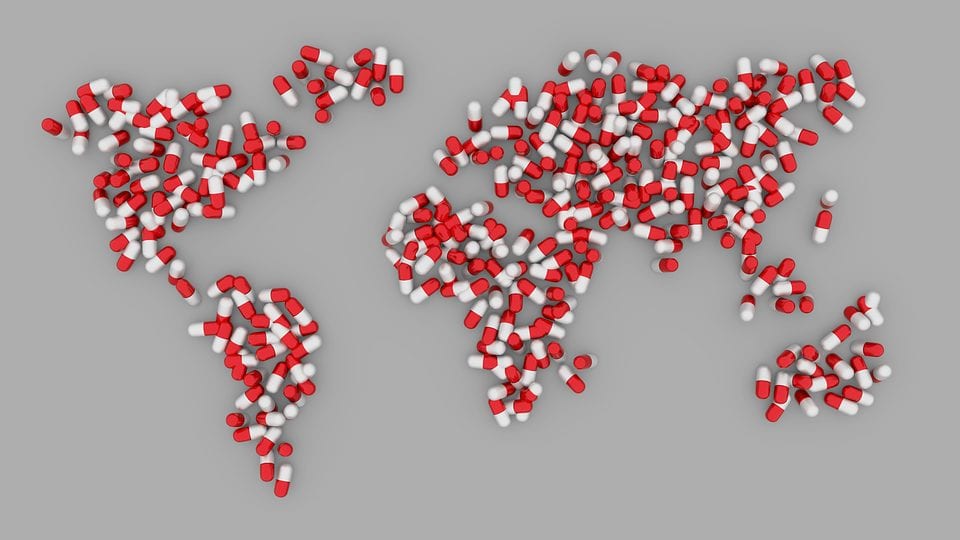
Photo Credit: Pixabay
Hope Rises Again
Although there’s plenty of money invested in keeping weed illegal, a lot of states are starting to realize that there’s also a lot of money to be made from legalization.
Colorado became the first state to completely legalize marijuana (including recreational use) a few years ago, and the millions of extra tax dollars they pulled in afterward has certainly been a factor in more and more states toying with the idea of decriminalization.
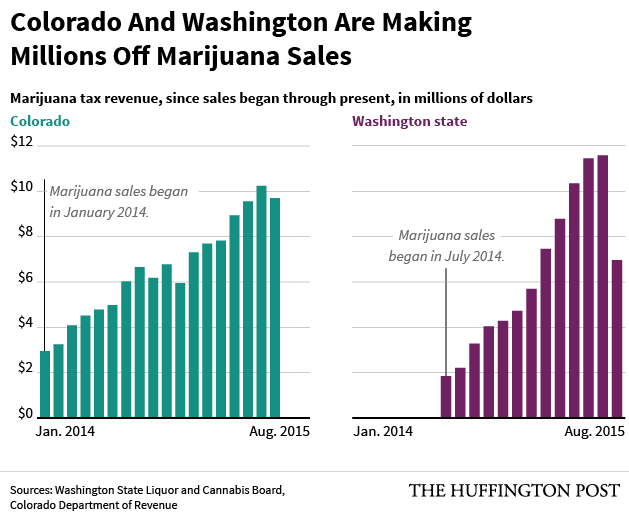
Photo Credit: Huffington Post
Marijuana decriminalization has also become a major issue for politicians representing communities of color, as African Americans and Latinos make up a shockingly disproportionate number of marijuana arrests – despite the fact that they use the drug at the same rates as their white peers.
Earlier this year, Senator Corey Booker (D-NJ) introduced legislation that aims to legalize marijuana at the federal level and eliminate the conflict between state and federal designations of marijuana. The major hurdle, however, is that cannabis is currently locked in a legal catch-22. Re-classifying it would likely require comprehensive scientific research… which can’t be conducted because of weed’s current legal classification as Schedule 1.
Still, the future is looking brighter for marijuana. More and more Americans are realizing that the long, racially-motivated war on this particular drug has been ineffective, not to mention downright harmful to the millions of people victimized and sent to jail because of laws that were overtly racist and political in origin.
The tide seems to be turning towards common-sense legislation – the kind that already gives American the freedom to consume alcohol and tobacco. For the thousands of otherwise well-meaning Americans serving sentences just for smoking a joint, that’s surely a wonderful thing.
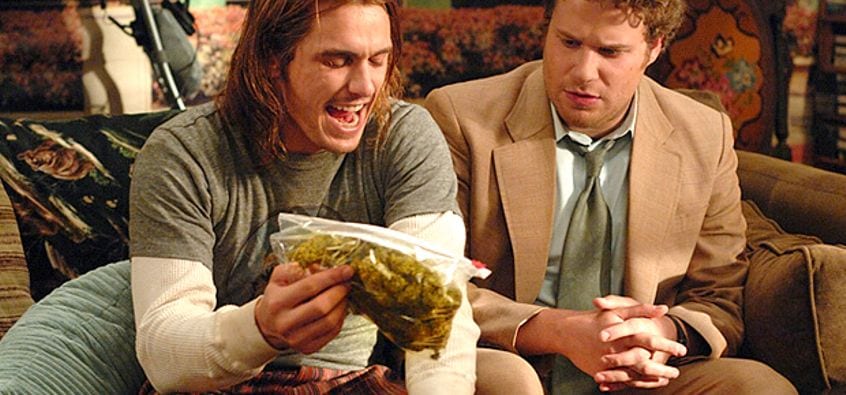
Photo Credit: Relativity Media






